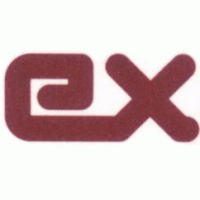Especialy the advantages and disadvantages of certain solutions.
Early PE1 projects (XP) used for the most part, because of the spotty performance of FBWF, a user directory and temp dir on a ram disk.
Later PE1 projects, which used a HDD image in RAM, put the user directory and temp dir back onto the ramloaded HDD image.
Win7 projects rely completely, to my knowledge, on the use of FBWF and have the user directory and the temp dir both in the FBWF overlay.
So far the biggest drawback to pure FBWF usage, imo, is that it's size is rather limited and clutters easily, because it is hard to tell, what files exist in the wim and which exist in the overlay.
Advantages: driver installation possible, possibly advantages when installing software
The drawback to pure HDD usage is, that the size of the HDD has to be set at build time and can not adapt to the available resources. (If anyone knows, how to make a expanding HDD, i'm interested!)
Advantagea are the same as for the above.
The drawback to ramdisk usage is that it's impossible to install drivers, which weren't included at build time.
Main advantage of this setup, is that the ramdisk can adapt to available hardware without size limits and it is very easy to keep an eye on resource consumption, as well as freeing of resources, when needed.
And then there is of course the ramdisk vs. filedisk question.
Filedisk offer faster booting on the cost of worst overall performance, while ramdisk offers great performance on the cost of longer boot times.
Filedisks can be huge without impact on performance. Also they can be writable, which is helpful on RAM challended systems.
RamDisks on the other hand, have to be kept small, to keep the boot times at a usable level. Advantage the boot media can be removed and used on another computer. Ramdisks give also the best user experience on any hardware, given there's enough RAM available to load and use them.
Did i miss any advantages or disadvantages? What's your opinion on the ideal setup?
I go at the moment with a combination of user directory and temp dir on a ramdisk and a write protected filedisk, with a ton of preinstalled drivers.


















